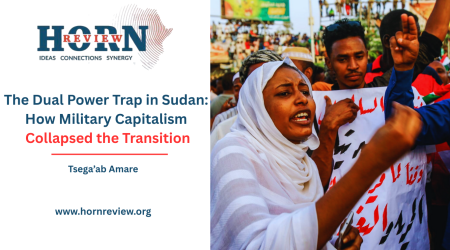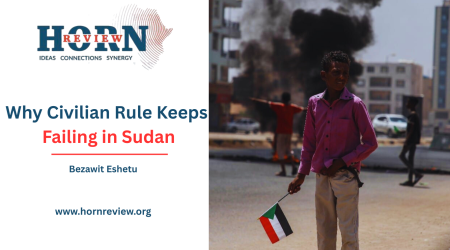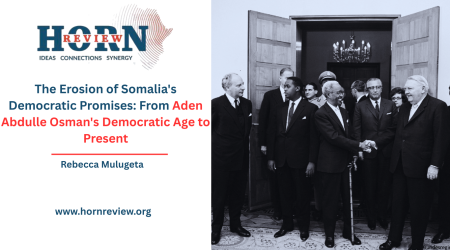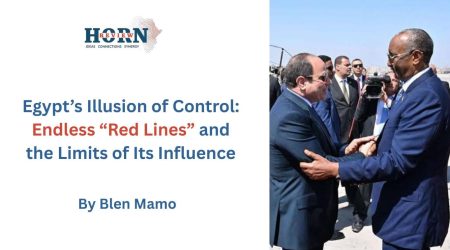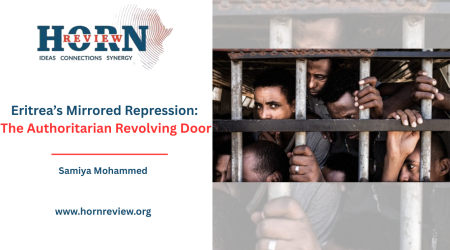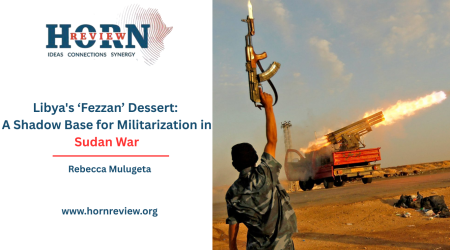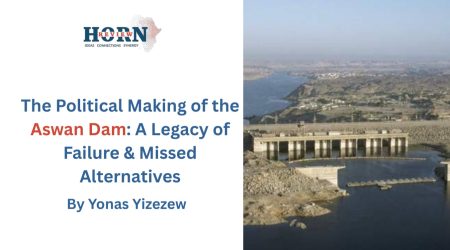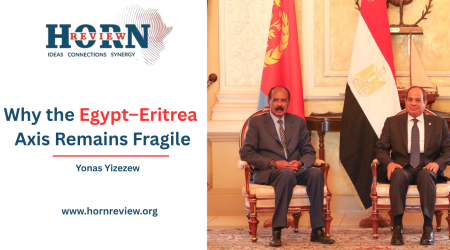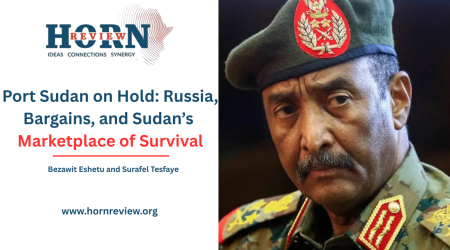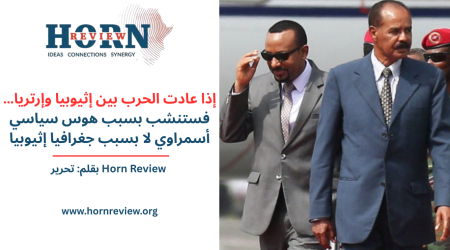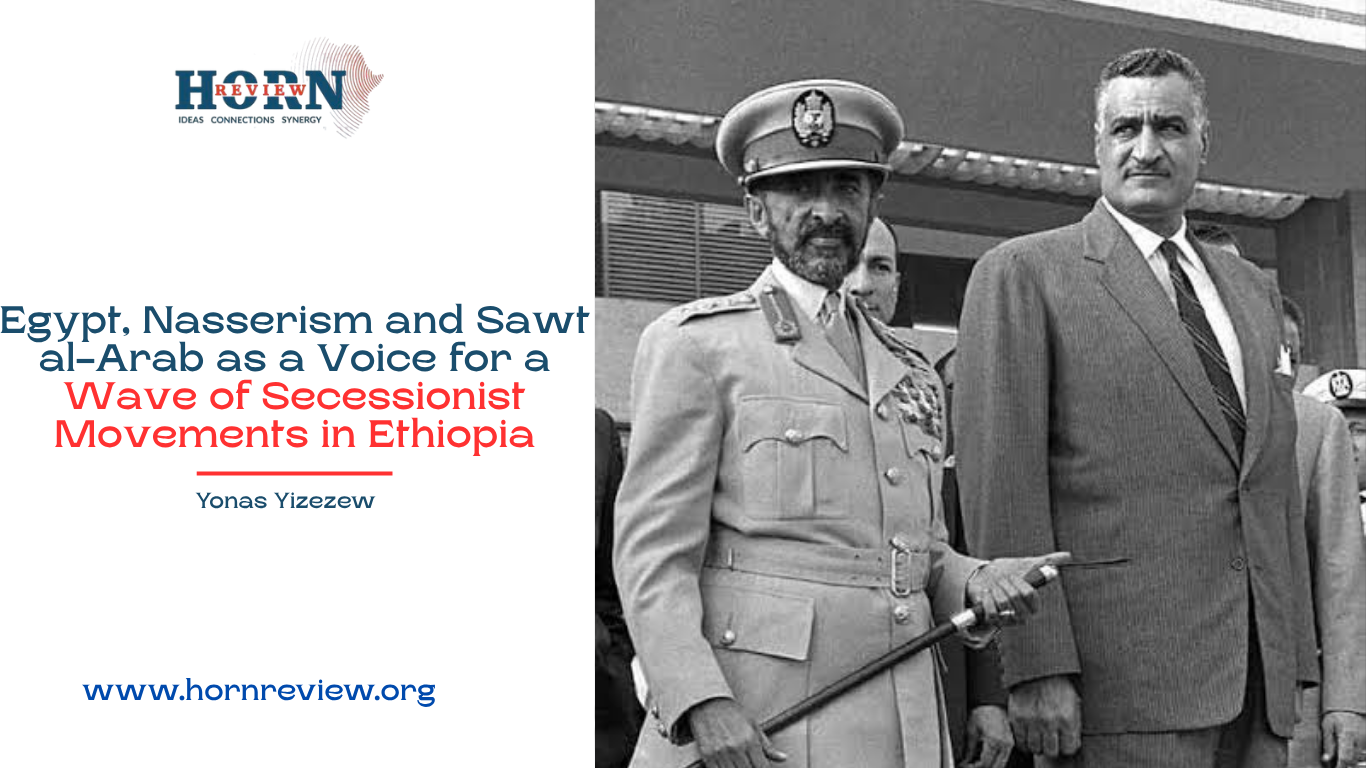
18
Oct
Egypt, Nasserism and Sawt al-Arab as a Voice for a Wave of Secessionist Movements in Ethiopia
When the debate over Eritrea’s status moved from Addis Ababa’s parliament to the airwaves of the Arab world, Ethiopia’s internal problem stopped being a purely domestic question and became a geopolitical contest. What began as a United Nations-mediated federation in 1952 a compromise stitched together in the early Cold War evolved into an armed struggle whose contours were shaped not only by imperial legacies but by Cairo’s deliberate campaign of rhetoric and support. From Addis Ababa’s vantage, the Voice of the Arabs and broader Nasserist strategy transformed Eritrea into an instrument of Egyptian regional rivalry: a front on which Egypt could blunt Ethiopia’s role in the Nile and influence in the Red Sea and turn pan-Arab solidarity into a tool of regional dominance.
For Ethiopia, the federation with Eritrea in the early 1950s was pursued as a practical arrangement that acknowledged their long-standing historical ties and aimed to ensure a stable and orderly transition from colonial rule. The General Assembly’s resolution and the subsequent Federal Act created a nominally autonomous Eritrean unit federated with the Ethiopian crown. It is a package that for Washington and its allies, balanced justice rhetoric with strategic realities in the Red Sea basin.
From the Ethiopian perspective, the federation promised the consolidation of a contiguous state. Addis Ababa regarded the arrangement as an internal matter of state building. But while Ethiopia saw federation as state-building, Cairo viewed it as an opening to project Nasserism and Arab identity into the region.
By the mid-1950s, Gamal Abdel Nasser’s Egypt had turned radio into an instrument of foreign policy. To understand why Cairo invested in Eritrea, one must place its actions within Nasserism’s ideological frame. Sawt al-Arab, the Voice of the Arabs, was explicitly designed to mobilize opinion, delegitimize Western hegemony, and project Egyptian leadership across the Arab world. Nasserism married anti-imperialism with a transnational pan-Arabism to lead and ‘protect’ co-religionists and co-culture across the region. The station’s broadcasts reached audiences in North Africa, the Levant and along the Red Sea littoral including Eritrea’s lowlands, the Sudanese borderlands and throughout East Africa. That view fueled local identities as highland and lowland, Christian and Muslim, Eritrean and Ethiopian and it discounted the capacity of rival regional powers to exploit those divisions.
Sawt al-Arab gave individual broadcasters a stage to become symbols of trans-regional penetration. Woldeab Woldemariam, one of Eritrea’s most prominent pre-insurgency leaders in exile, used Sawt al-Arab to reach Tigrinya- and Arabic-speaking audiences and to stake out calls for Eritrean secession. During the 1960s, Sawt al-Arab had a massive reach in northern Ethiopia and Eritrea’s borderlands. Cairo’s narratives were far from marginal, shaping daily conversations and political expectations across Ethiopia’s hinterlands. Sawt al-Arab helped forge political identity, supplying movement leaders with symbols and a language that recast parts of Eritrea as an Arab or Muslim cause, at least for the ELF’s early, predominantly Muslim leadership.
That identity work mattered since it altered recruitment, messaging and external sympathies. The ELF’s early cadres adopted rhetorical and organizational patterns that echoed other Nasser-influenced movements. ELF’s support from Arab nationalism opened channels for material support, diplomatic backing and a wider audience. From Ethiopia’s vantage, that meant not only a loss of control over the narrative within Eritrea but also the risk of irreversible foreign entanglement. A domestic secessionist movement transformed into an axis of regional competition underpinned by ideological commitment and external procurement of arms and training.
In Cairo’s calculus, the Eritrean question offered strategic utility. The Red Sea and its ports haunted Egypt’s security imagination; an Ethiopia-dominated coastline was seen as a direct challenge to Cairo’s influence and undermine Nasser’s regional ambitions. Using radio, Cairo reframed Eritrean grievances through the language of Arab nationalism and anti-Christian hegemony, portraying Ethiopian control as complicit with imperial designs.
The translation of rhetoric into organizational capacity was swift. Exiled Eritrean secessionists and students congregated in Middle Eastern cities where the political winds favored anti-imperial movements. Cairo, building on its radio work, hosted and trained activists. In 1960–61, the Eritrean Liberation Front (ELF) was formally established in Cairo by Eritrean exiles and returned students. The ELF’s manifesto, structure and tactics showed clear inspiration from contemporary Arab and North African liberation movements. Cairo provided training, safe havens and a media megaphone, a combination that turned scattered dissent into organized insurgency.
From Ethiopia’s point of view, Egyptian involvement confirmed the worst suspicions. By working with Arab capitals, Egypt internationalized an Eritrean question that Ethiopia considered an internal matter. The emergence of an ELF organized, trained and broadcast into existence from Cairo made the fighting less an internal police problem and more a battle in which neighboring capitals and their intelligence and military networks could and did influence outcomes.
Cairo did not act alone in turning Eritrea into a regional cause. Through institutional channels, above all the Arab League, Egypt cultivated formal endorsement for the ELF’s cause. In 1962, several Arab League members publicly pledged support for the ELF including Syria, Iraq, Libya and others signaled political and material backing. That endorsement carried two effects for Ethiopia: it conferred a veneer of political legitimacy on the ELF and it reframed the conflict as part of a pan-Arab, anti-imperial campaign rather than a bilateral sovereignty dispute. In short, the Arab League became an instrument through which Egypt translated rhetorical solidarity into diplomatic pressure.
Cairo’s interest in Eritrea was not an isolated episode, it formed part of a conscious strategy to use broadcasting and asylum to influence East Africa. From the mid-1950s onward Sawt al-Arab expanded language services to reach the Horn and beyond. Nasser’s Egypt presented itself as an anti-imperialist movement which acted as the most committed sponsor of the Somali struggle for the ‘independence’ and ‘unification’ of all the Somali-speaking regions in the Horn of Africa. Egypt’s Somali programming helped popularize the rhetoric of Greater Somalia.
Those services had two effects. First, they offered separatist movements a platform to circulate grievances, propaganda and calls to action. Second, they undercut rival capitals by giving dissidents an international voice and by doing so, allowed Cairo to shape the terms of debate about borders, identity and sovereignty across the region. Egypt leveraged political influence under the guise of Islamic brotherhood to meddle in Somali affairs, using Nasser’s foreign policy to pull Somalia into the Arab orbit.
Against Ethiopia, this strategy had particular potency. Sawt al-Arab offered a platform for figures who argued that parts of Ethiopia from the Ogaden to the Red Sea littoral were not integral to the Ethiopian polity but rather part of a wider Arab-Muslim or Somali national formation. The broadcasts gave Ogaden secessionists rhetorical oxygen and encouraged public sentiment for territorial revision. That propaganda, combined with sanctuary and external state support elsewhere, made vivid what had been a domestic security issue.
Diplomatically, Addis Ababa pushed back on multiple fronts. From Ethiopia’s perspective its measures were a lawful restoration of sovereignty and an effort to reintegrate a territory it regarded as historically and administratively part of the state. The government argued that its steps complied with binding agreements and domestic legal instruments and insisted that the ELF was best understood as an externally sponsored rebellion rather than a genuine, internally driven push for self-determination. Ethiopia appealed to the emerging continental institutions that it had helped create, arguing that regional stability required respect for existing borders, while simultaneously it attempted to blunt Cairo’s message through its own diplomatic channels. Seen from Addis Ababa, that widening was decisive. Where Ethiopia sought reintegration and control, Egypt advanced a disruptive counter-script one of politicized “liberation,” Arab dominance, and external meddling in Ethiopia’s affairs. The result was a thirty-year insurgency that eventually produced secession of Eritrea in 1993 an outcome amplified by regional rivalries and international alignments.
Eritrea and Somalia’s trajectory shows how airwaves and ideology became force multipliers in Cold War and post-colonial contestation. For Ethiopia, the episode is a cautionary tale about the vulnerability of domestic politics to regional media campaigns and rival capitals’ strategic opportunism. For analysts today, it offers a reminder that power is not only kinetic or economic: it is also narrative. States with the capacity to shape stories can transform internal problems into international crises. That fact resonates today in a Horn of Africa where new infrastructure projects, revived Nile politics and renewed great-power interest remake old anxieties.
By Yonas Yizezew, Researcher, Horn Review

